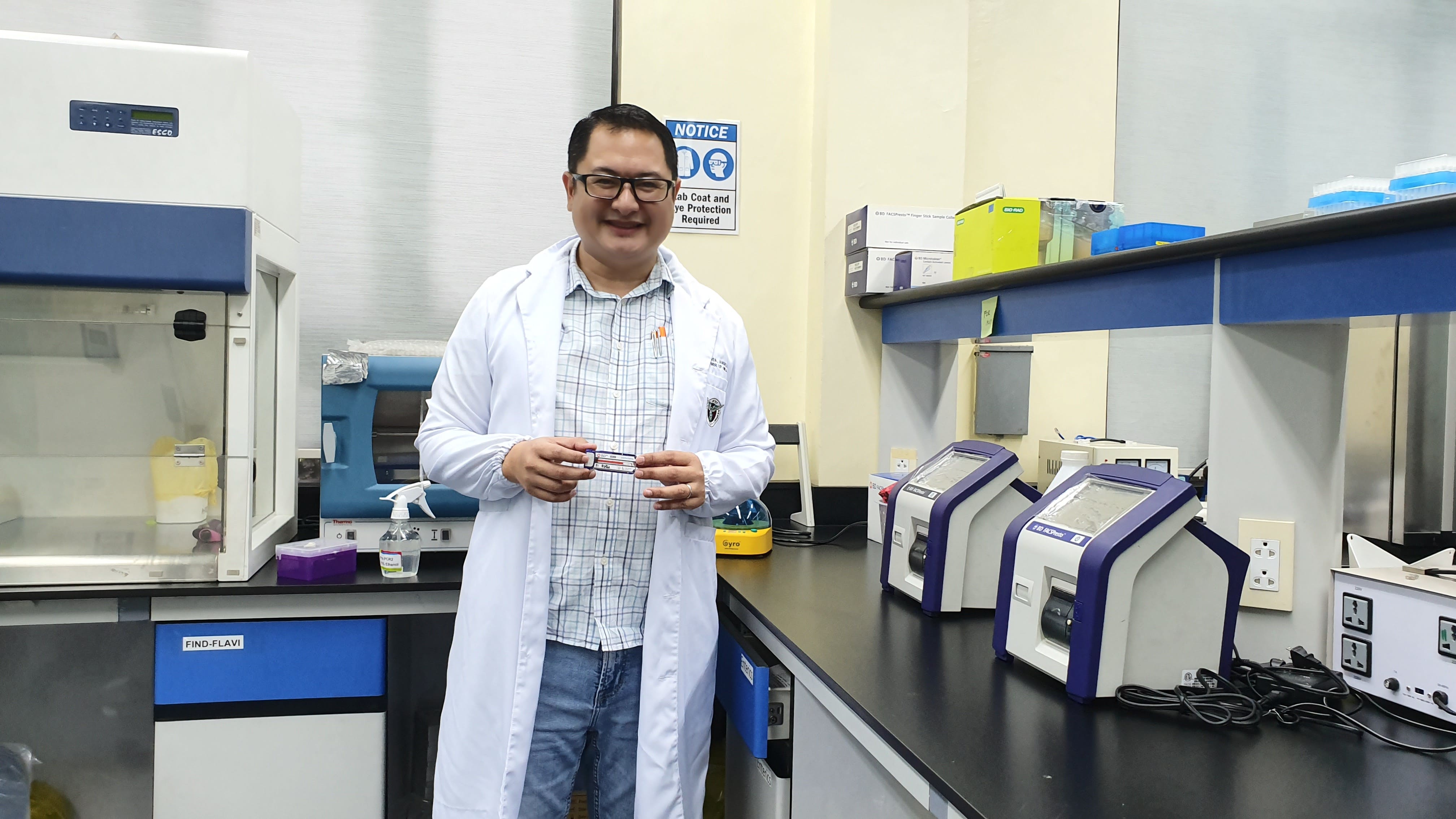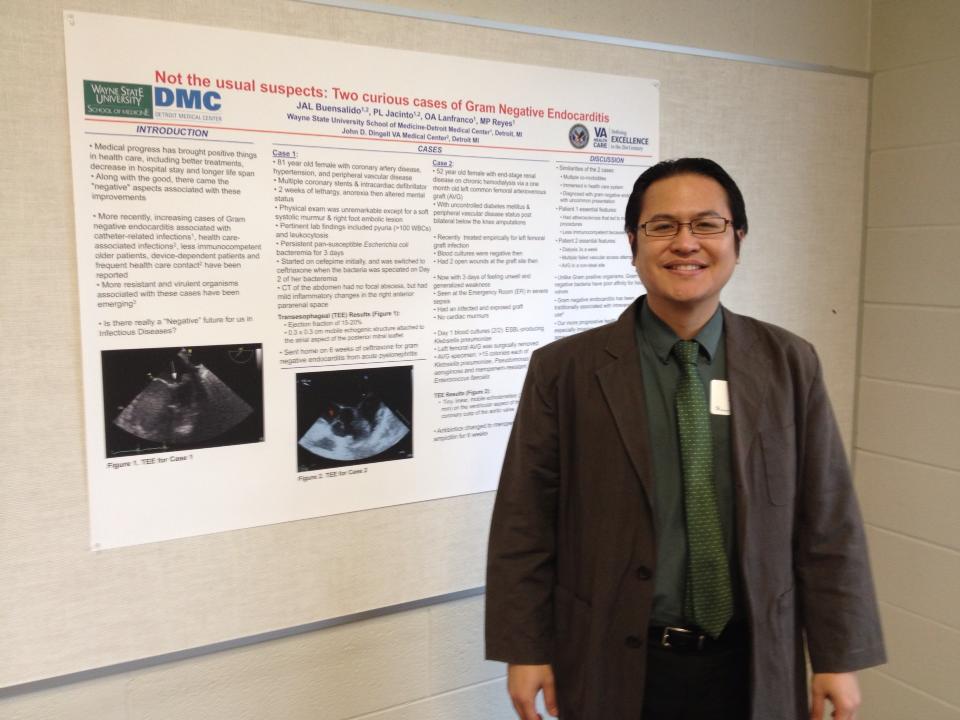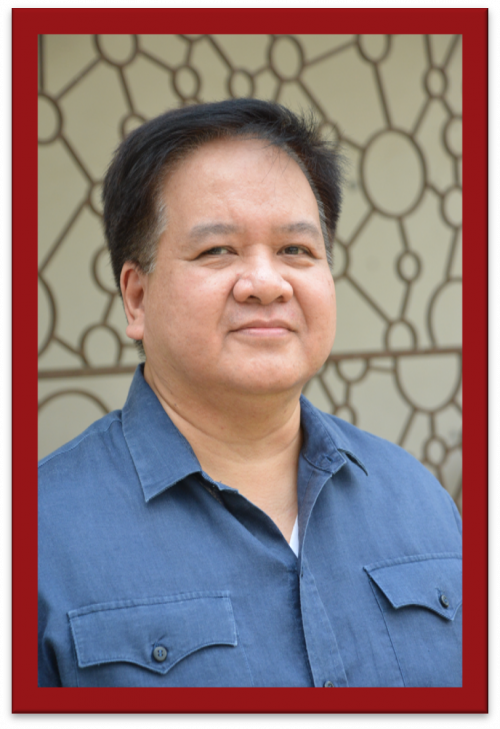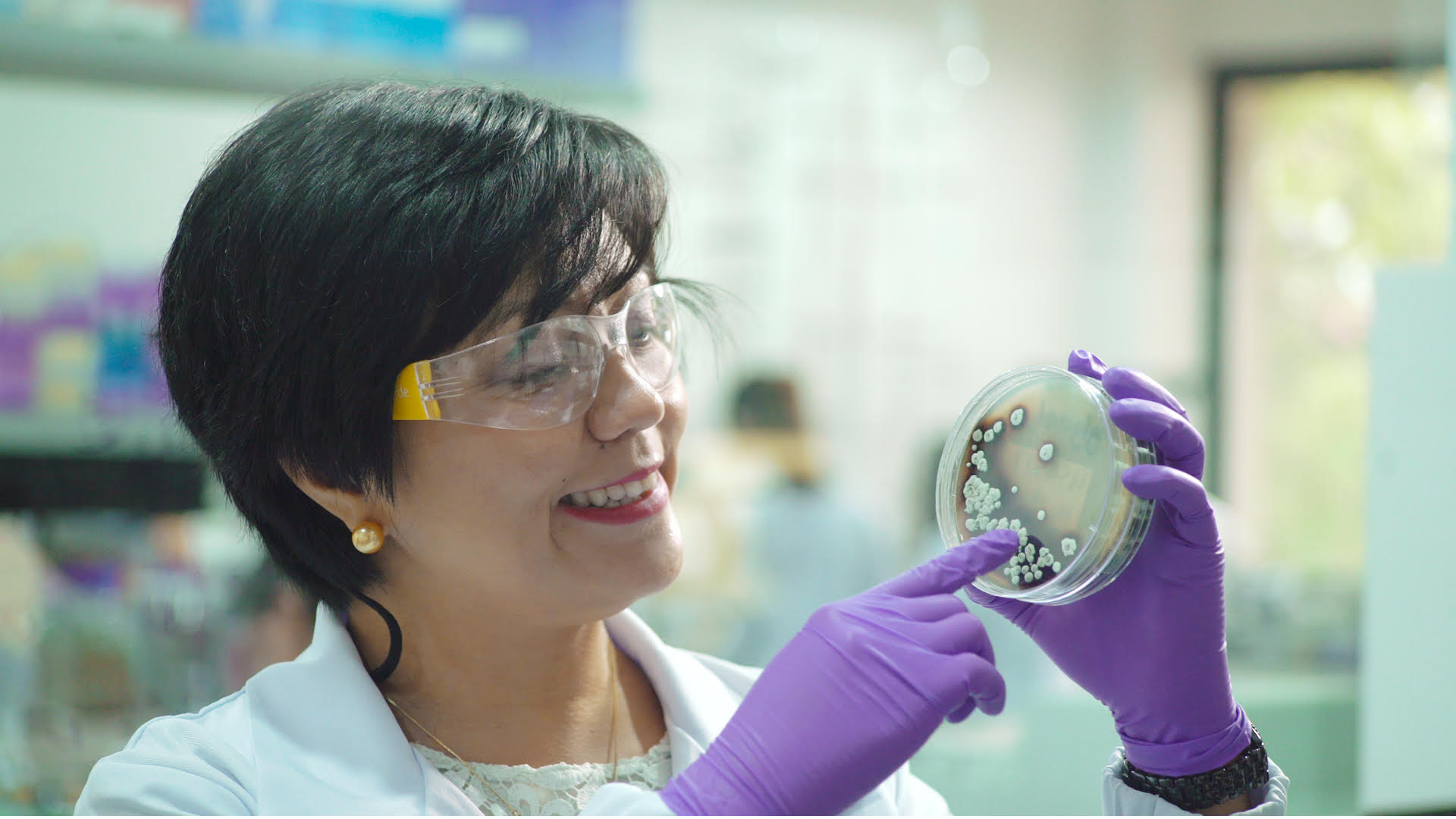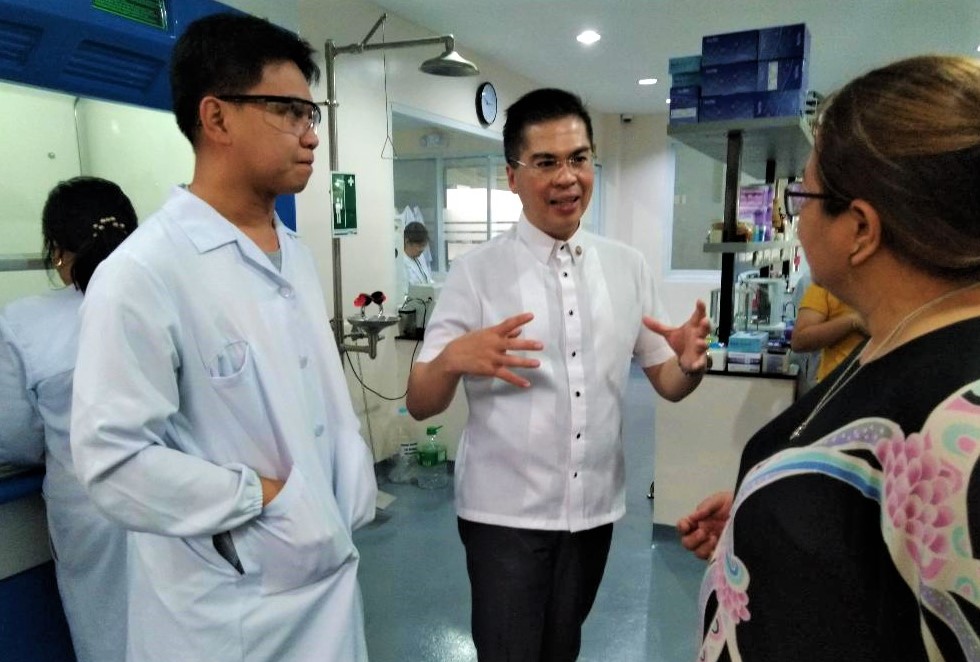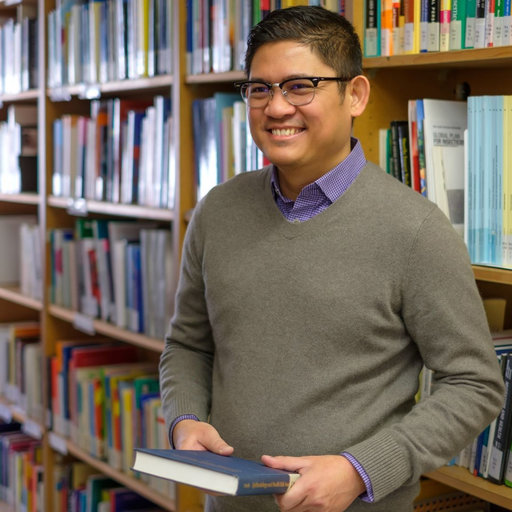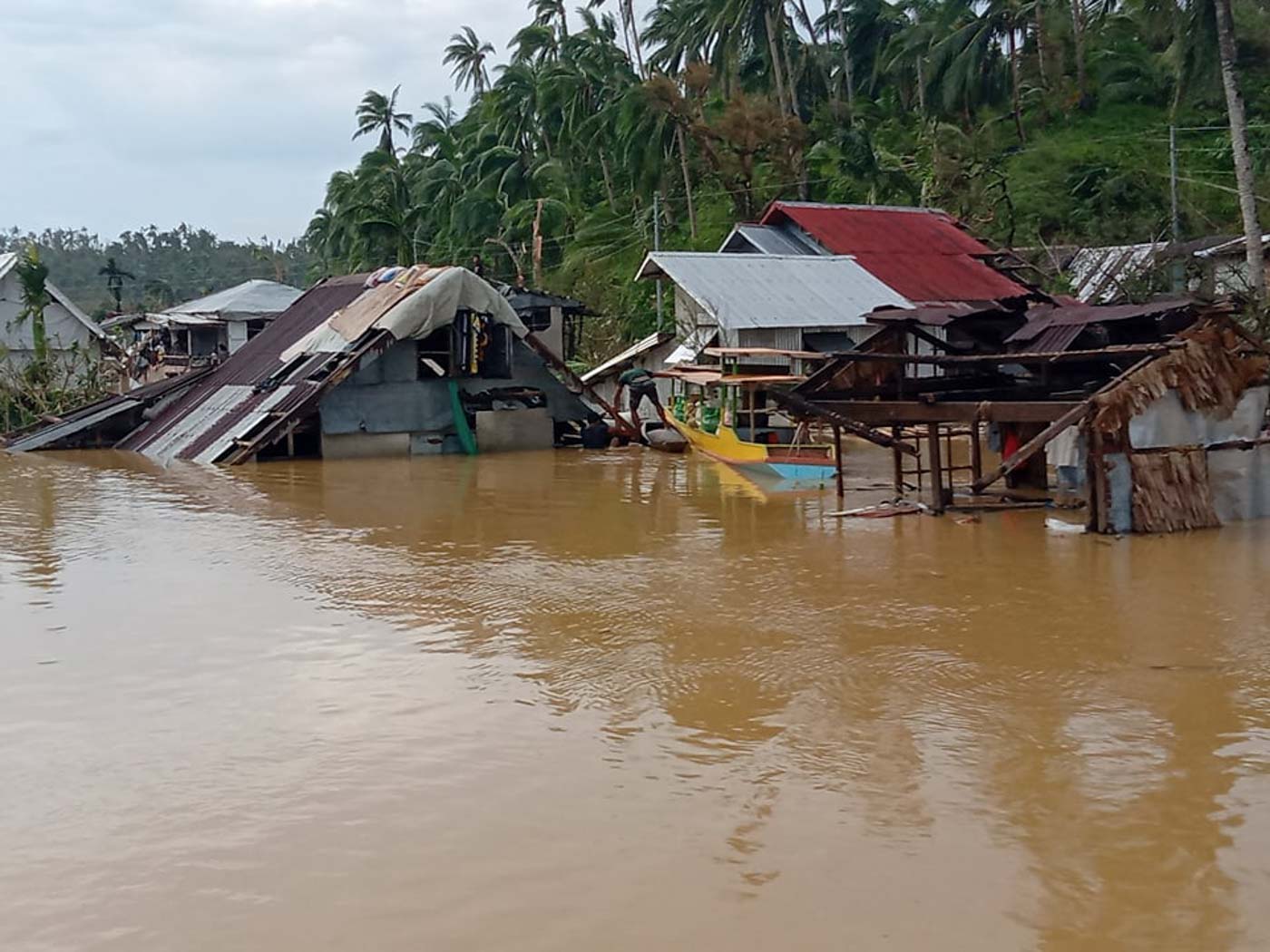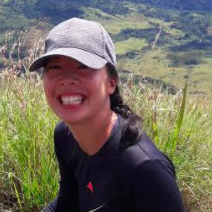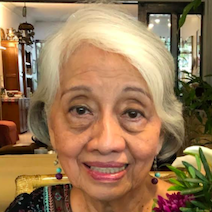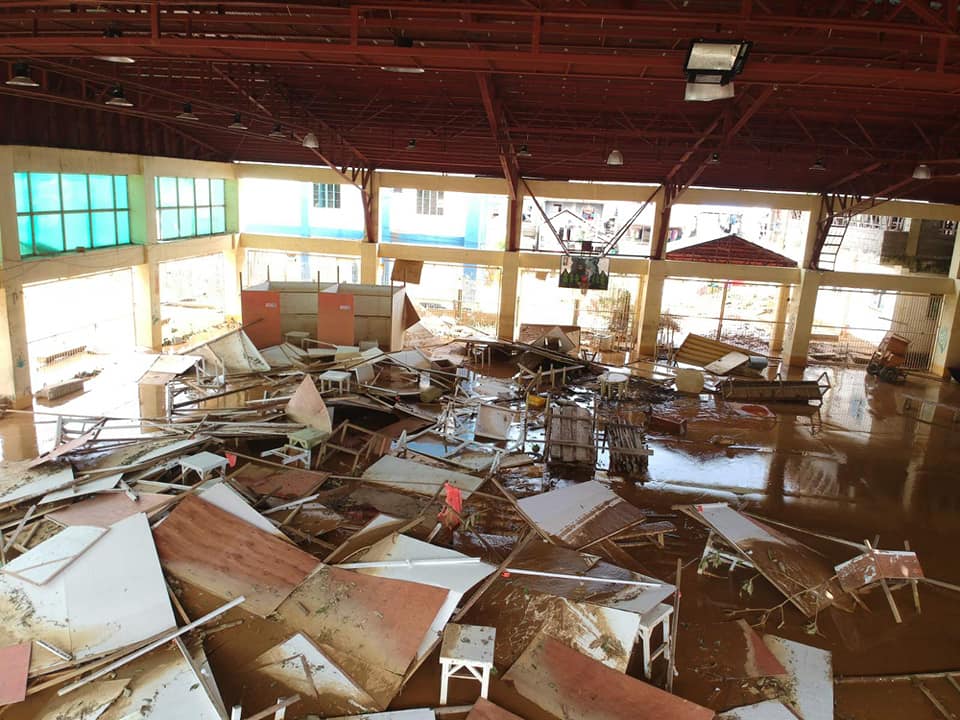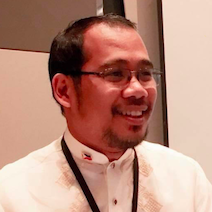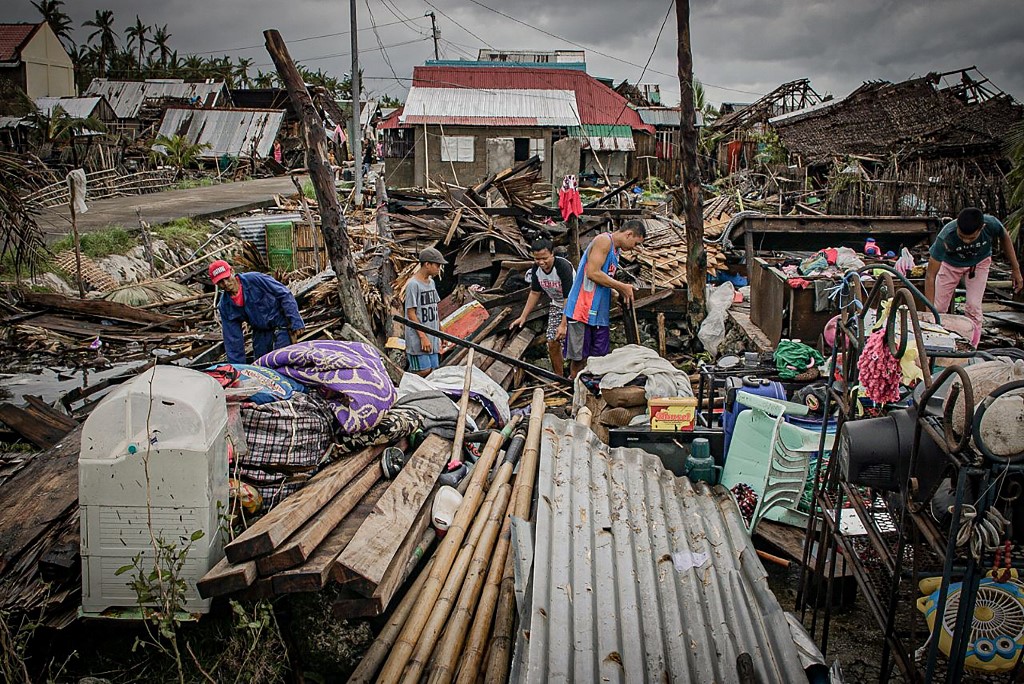![Photos from DOST-PCHRD]()
MANILA, Philippines – They're here to share their expertise and be at the front lines of the country's battle against the coronavirus pandemic.
Several Filipino scientists formerly based abroad have been in the country via the Balik Scientist Program of the Department of Science and Technology (DOST) and the Philippine Council for Health Research and Development (PCHRD).
The program, established in 1975, has flown home hundreds of Filipino scientists who work in other countries' laboratories, research, and educational facilities.
Here are 7 Balik Scientists who are among those responding to the country’s need for health experts during the coronavirus crisis. (READ: Braving a pandemic: Frontliners battle fear to confront the novel coronavirus)
Dr Edsel Salvaña
After serving as chief fellow at the Division of Infectious Diseases in University Hospitals of Cleveland, Salvaña decided to return to the Philippines in 2008 as a Balik Scientist.
Back then, the Philippines was witnessing an alarming rise in human immunodeficiency virus (HIV) cases and deaths from the disease. Seeing that an HIV epidemic was imminent in the country, Salvaña became heavily involved in training doctors to treat HIV, and raising awareness about the matter.
Salvaña also led the formulation of local clinical practice guidelines for the treatment of opportunistic infections in HIV. DOST said he also established the first HIV fellowship in the country.
Twelve years later, Salvaña faces an outbreak of a much larger scale through the coronavirus crisis. (READ: In their own words: Frontliners on their fears, hopes during the pandemic)
“I don't think anything has prepared us for this. My knowledge of infectious diseases enabled me to project very clearly in my head what would happen if we did not act early. If our health system is overwhelmed, thousands could die,” he told the DOST.
In the fight against the coronavirus, Salvaña helps advise the Department of Health and the Inter-Agency Task Force as a member of the Technical Advisory Group.
A multi-awarded and internationally recognized scientist, he is also a director at the University of the Philippines Manila, an Associate Professor at the University of the Philippines-Philippine General Hospital (UP-PGH), and Adjunct Faculty for Global Health at the University of Pittsburgh.
Dr Joseph Adrian Buensalido
Buensalido is an expert in infectious diseases after doing clinical research on the mechanisms of action of antibacterials, antibiotic resistance, hepatitis, HIV, and infections of the spin, among others.
He graduated from the De La Salle University-Health Sciences campus and later became a fellow at the Wayne State University Detroit Medical Center in Michigan, USA.
He is now an Infectious Diseases and Internal Medicine Consultant at the Asian Hospital and Medical Center, Makati America Center, Manila Doctors Hospital.
Buensalido told DOST that he decided to be on the front lines because he believed health care practitioners have a crucial role to play during this crisis. (READ: 'This is my sworn duty': In UK, Kenneth Lambatan heeded nurse's oath till the end)
“I cannot find the words to call it right now, but the situation calls for all healthcare practitioners to step up or else COVID-19 will ravage our world with fear, disease and death. It is our time, and we will stand up to this bully of a disease,” he said.
Reynaldo L. Garcia, PhD
Garcia is an expert in biomedical research, consulting and biotechnology enterprise. With his extensive experience in the field, he currently heads the multi-awarded Disease Molecular Biology and Epigenetics Laboratory.
Garcia had been a senior research scientist at Cancer Research UK’s Beatson Institute in Scotland, later on working on projects involving characterization of drug targets for pain and development of drug screening assays for disrupting cellular proliferation in cancer.
After some 15 years in the laboratory, he went to business school and became a manager at the London Biotechnology network.
Upon his return to the Philippines, he got appointed as a full professor at the National Institute of Molecular Biology and Biotechnology, University of the Philippines Diliman, and concurrently as UP System Director of the Technology Transfer and Business Development Office.
He plays an important role in battling the coronavirus in the country as he leads the national databasing of laboratories with polymerase chain reaction (PCR) to assist the Department of Health in testing potential coronavirus samples.
Dr Raymon Francis Sarmiento
Dr Sarmiento is a Balik Scientist who specializes in clinical and public health informatics and health data science.
After graduating from the University of the Philippines College of Medicine in 2008, he completed a postdoctoral fellowship in clinical informatics at the Lister Hill National Center for Biomedical Communications, National Library of Medicine at the U.S. National Institutes of Health in Bethesda, Maryland.
He later went on to finish his Public Health Informatics Fellowship in the Division of Surveillance, Hazard Evaluations, and Field Studies at the National Institute for Occupational Safety and Health at the U.S. Centers for Disease Control and Prevention.
Now based in the Philippines, Sarmiento leads the Data Warehouse Team of FASSSTER, a project of the DOST-PCHRD’s that seeks to fight COVID-19.
Feasibility Analysis of Syndromic Surveillance using Spatio-Temporal Epidemiological Modeler (FASSSTER) has been used to create predictive models and visualizing possible scenarios of outbreaks of dengue, typhoid fever, and Measles, at specified time periods.
Dr. Sarmiento is also the Director of the National Telehealth Center of the UP National Institutes of Health.
Dr Doralyn Dalisay
A 2019 Outstanding Professional of the Year awardee in the field of Pharmacy by the Philippine Regulatory Commission, Dr Dalisay is assessing the capacities of the Western Visayas Medical Center’s facilities and technicians for compliance and accreditation by the Department of Health.
After returning to the Philippines as a Balik Scientist in June 2015, she established a research program on natural products drug discovery at the Center fo Chemical Biology and Biotechnology in University of San Agustin. Incidentally, she holds two US patents on the use of a marine natural product for fungal infections and cancer.
Dr Jonel Saludes
Also assisting in the assessment of Western Visayas Medical Center facilities and technicians is Dr Saludes.
A professor of chemistry and associate vice president for research at the University of San Agustin, Saludes has been trained in various fields like magnetic resonance spectroscopy and mass spectrometry, chromatography, and chemical biology, to name a few, from the University of California Davis and University of Colorado Boulder.
Dr Harvy Joy C. Liwanag
Using his expertise to help fight the coronavirus, Dr Liwanag performs projections on health workforce requirements for the Department of Health.
He completed his PhD in Epidemiology at the Swiss Tropical and Public Health Institute when he decided to become a medium-term Balik Scientist.
He is now the coordinator of the Training Center for Health Research Ethics and Good Clinical Practice at the University of the Philippines Manila-National Institutes of Health. – Rappler.com
![]()







